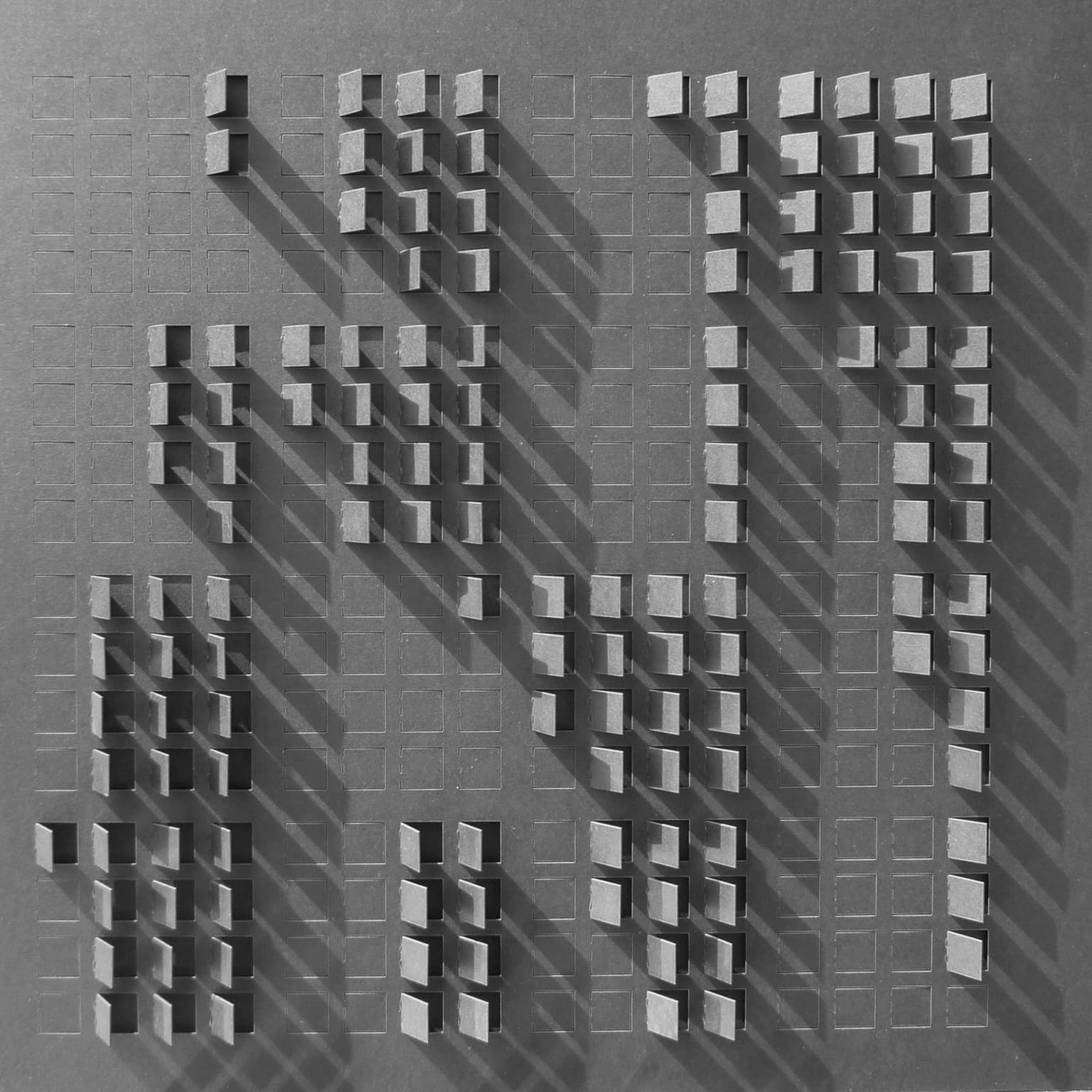Hans Dehlinger
Artists
Hans Dehlinger
Prof. i.R., University of Kassel, Germany
School of Art, University of Kassel, Germany
Kassel / Berlin
Statement
Generative art is focused on the design of rule-systems, which, if executed, will return aesthetic events, measuring up to the criteria of the artist. This type of art-production exposes the artist to all the known and strange properties of design-processes at large. One of them: The result is a plan or a guideline; In general, someone else, not the designer itself, executes it. For that reason the descriptive layout has to be delivered in advance and with precision to bring about the wanted result. Usually, an artist on his work enjoys a direct feedback. In generative art there is a feed-back-gap between the design of the generative system and the evaluation of its results. This is a challenge and at the same times a pleasure to enjoy.
Artworks

positioned_01
25 x 25 x 4 cm
cutted black paper, generated with laser, manually finished
2015

positioned_02
25 x 25 x 4 cm
cutted black paper, generated with laser, manually finished
2015